Inflation and supply chain disruptions continue to cause car sales to sitting below pre-pandemic levels. In addition, the collateral damage of the coronavirus pandemic has led to the shortage of semiconductors, damage to production chains in the automotive sector, a crisis in the transport of goods arriving from other countries, and higher prices for raw materials.
This combination of problems translates into a significant drop in the sale of late-model models, which, this year, will again fall short of dealer projections. In addition, automotive companies suffer from low production volumes of specific vehicle models and face volatile inflation in the sector, exceeding that of the national economy.
But despite this, cars are still an essential commodity for some. As a result, many consumers have managed to afford a car amidst the current economic landscape. So even though their purchasing power has been affected in the last two years, they still did it. But how have they achieved it?
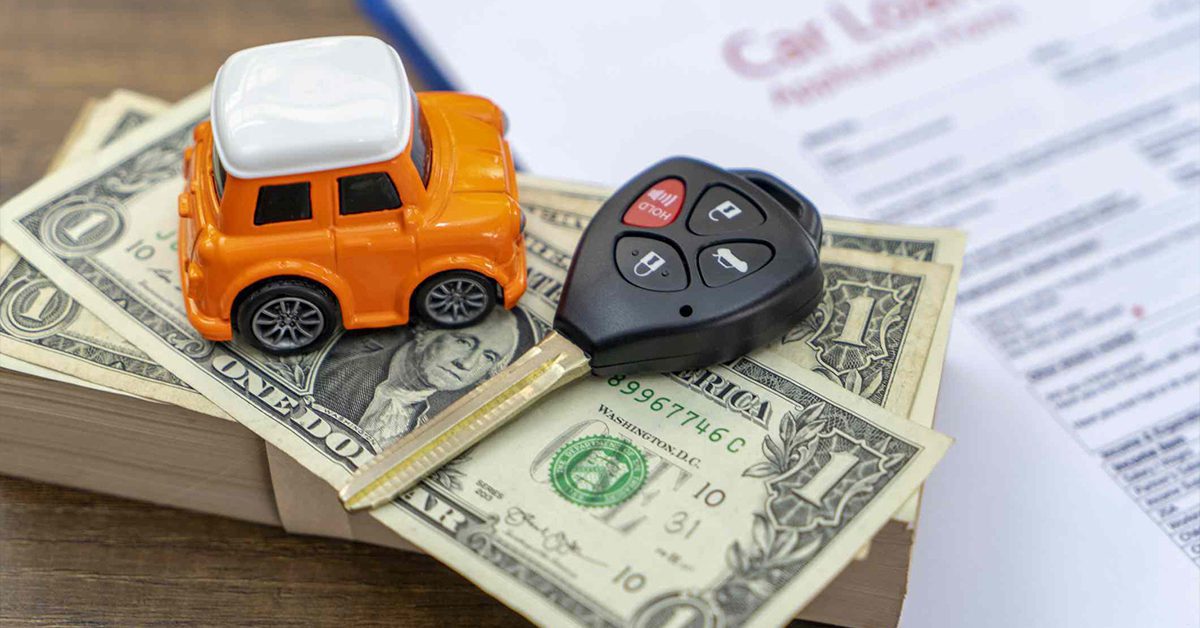
Via Investopedia
How Inflation And Supply Chain Issues Affect Consumer Spending Power
The global recession and factory shutdowns continue to change people’s consumption habits, accentuated by the geopolitical landscape. Nowadays, many consumers are choosing to focus their budgets on essential products, to the detriment of others, and seeking the brands and retailers in their local markets.
In 2021, we saw port holdups on the U.S. West Coast, power outages in China, and massive panic buying of petrol in the U.K. All symptoms that global supply is struggling to match rapid growth in demand as economies reopen and inventories continue to deplete.
Factory closures in the wake of the pandemic in Asia and slow adaptation to strong technology demand have led to material shortages and long delivery delays. In addition, supply chain issues continue to weigh on growth and inflation prospects because of rising commodity prices, transportation costs, and labor shortages.
Experts can track purchasing power changes better to understand inflation’s impact on consumers’ buying power. This is because purchasing power and inflation are two sides of the same coin.
While purchasing power measures what a unit of currency can buy, inflation measures rising prices. Therefore, the gains and losses and gains of purchasing power result from changing prices of goods. As inflation rises, purchasing power falls because one needs more currency units to acquire the same number of goods.
How Expensive Is It To Buy A New Car Today In The U.S.?
According to Consumer Reports, for the first time, the average price of a new car has edged past $47,000, based on new information from Kelley Blue Book and data from TrueCar.
Both new and used cars cost consumers more than ever because of the pandemic and the resulting global semiconductor shortage that has hobbled automakers’ ability to produce new vehicles, crimping supply, pushing up prices, and limiting availability.
Other factors have contributed to pushing up the average new-car price. For example, consumer tastes have gravitated toward more expensive modes such as trucks and SUVs. And the recent scarcity of all models has led to extreme price increases among traditionally more affordable types of cars.
Vehicle Sales Continue To Set Records
Based on a report from T.D. Economics, U.S. car sales declined by 1.1% month-on-month (m/m) in August 2022. For instance, the daily selling rate was down 0.7% from last August. Moreover, through the first eight months of 2022, car sales have declined 15.3% from 2021’s year-to-date measure.
The light trucks segment concentrated the pullback in August sales, while passenger vehicles showed a modest gain. Light trucks accounted for 78.7% of August’s sales–up 2.0 percentage points from August 2021.
Experts see this pullback in sales, which came after two consecutive months of decent gains, as a reminder of the ongoing supply challenges the automotive industry is enduring.
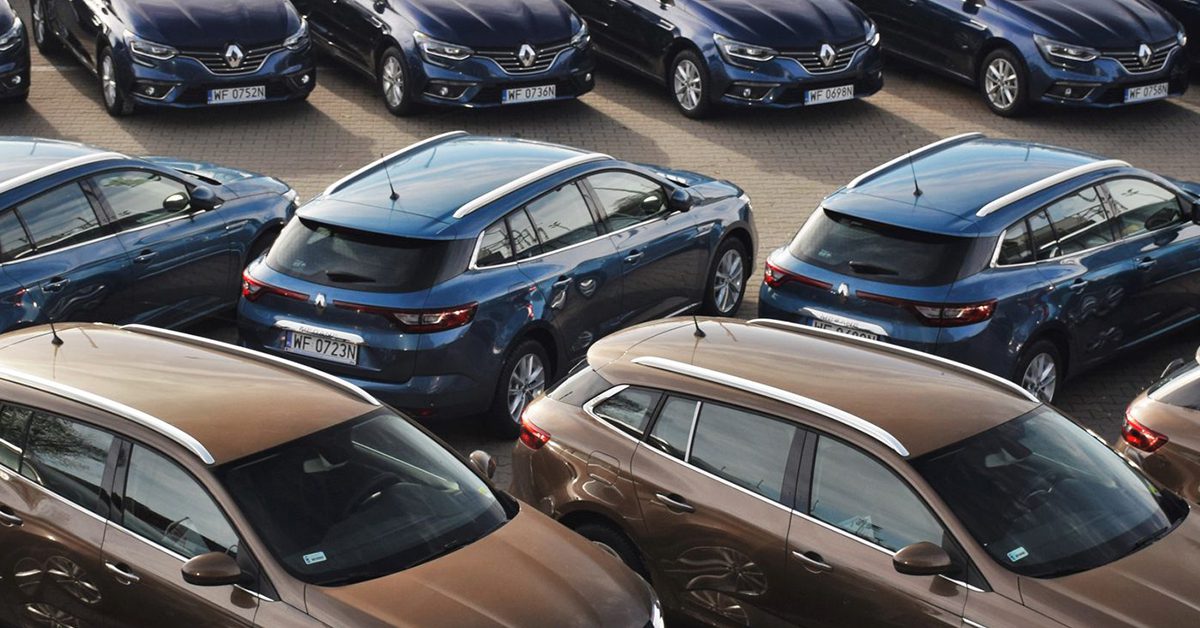
Via The Balance
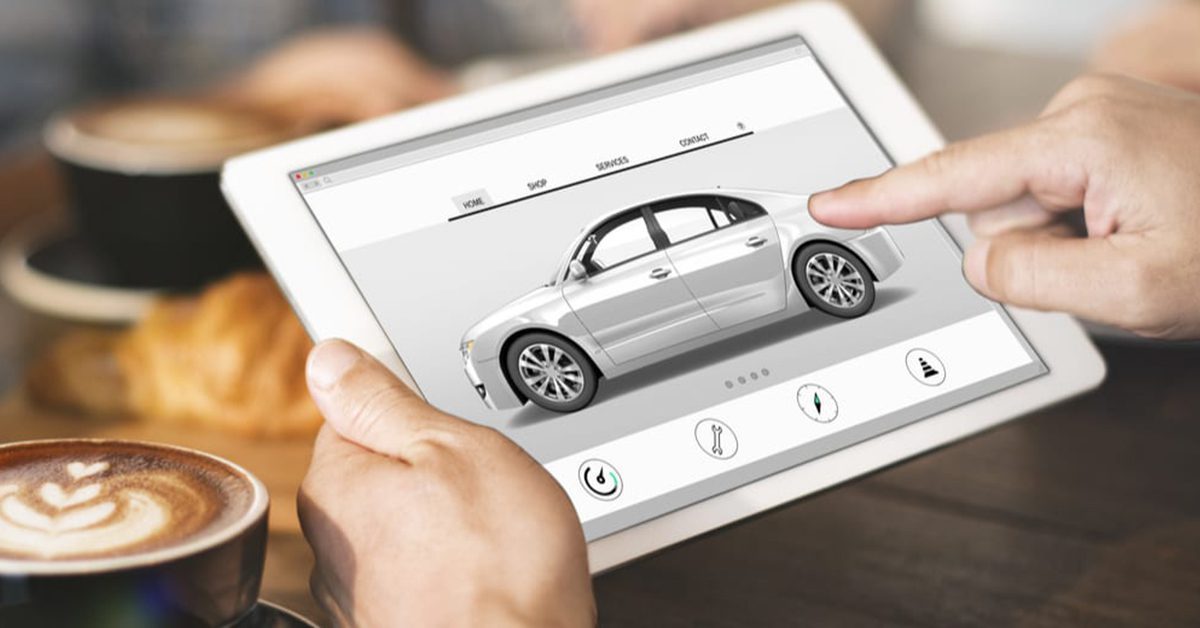
Via PYMNTS
How Are People Affording Cars?
Although by early 2022, over half of American households had priced out of car purchase as prices soared from the current economic climate, people have found ways to afford a car.
For instance, some folks opt for an “almost new” vehicle instead of buying a new car. We’re talking about test cars with just a few thousand miles or surplus models from previous years.
Another way to save money is to get a pre-approved car loan. This allows you to shop for the best interest rate instead of going with dealership financing, which can include sky-high interest rates.
You can also maximize your trade-in if you have a car to sell. To achieve this, you need to ensure you’re getting top dollar for it to help offset the cost of your new car purchase. If your old car was worth a large sum of cash before inflation, it would be worth even more now, as cars are a hot commodity.
Other ways that can help you afford a car amidst inflation include:
- Shopping around for the best deals
- Inquiring about rebates and incentives
- Applying for a rate subsidy program
- Looking for less-in-demand car models
- Avoiding upsells and add ons
What Types Of Financing Are People Employing?
From buying a car with cash or a credit card to getting a personal loan from a bank, there are many options to finance a car. However, buying a car isn’t a simple decision, and you must consider running costs such as maintenance, insurance, and fuel consumption. Therefore, it becomes essential to find the best way to buy a car for you without breaking the bank.
The three most common ways to buy a car are buying it outright with cash, leasing, and online financing like pre-approved auto loans.
Cash
When you buy a car with cash, you avoid the inconvenience of monthly payments representing a fixed expense for several years. Also, the interest that monthly payments generate means a loss of several thousand dollars.
When you buy a car in cash, it becomes your property so that the title will be in your hands from day one. Having the title makes the sale of the vehicle easier, unlike when you opt for purchase through financing. When you finance the car, the company that grants the credit owns the car until you complete all the installments.
Leasing
Leasing a car is ideal for those who like to drive a new car every couple of years. It works by paying monthly rent without a down payment and allows you to take possession of the vehicle to use it as you wish. Then, when the term ends, you can swap the car for a newer model.
One benefit of leasing is that the car will always be under warranty and covered for minor damages. But, of course, insuring it is at your own expense, and sometimes it is necessary to have full coverage. Additionally, lease payments may be tax deductible.
Online Financing
In the past, buying a car meant spending hours in a dealership waiting for credit approval or engaging in face-to-face negotiations. Nowadays, about 30 percent of new car sales happen chiefly or entirely online. For these reasons, online financing is one way to finance a car that has been very popular recently, partly because of the convenience of doing it remotely.
Besides the restrictions preventing people from going directly to a car dealer or a bank to apply for a car loan, the complicated economic situation that has led many to affect their credit histories has made car loans in line increasingly trending.
This online financing trend is present almost everywhere. In Australia, companies like C1 Car Loans offer online applications and approval in under 10 minutes. So, for the impulsive, getting the financing you need to scratch your automotive itch no matter where you live is easy.
A pre-approved auto loan gives you leverage at the dealership and puts you in a stronger negotiating position to get the best interest rate possible. In addition, it will force the dealer to beat or match the rate and terms.
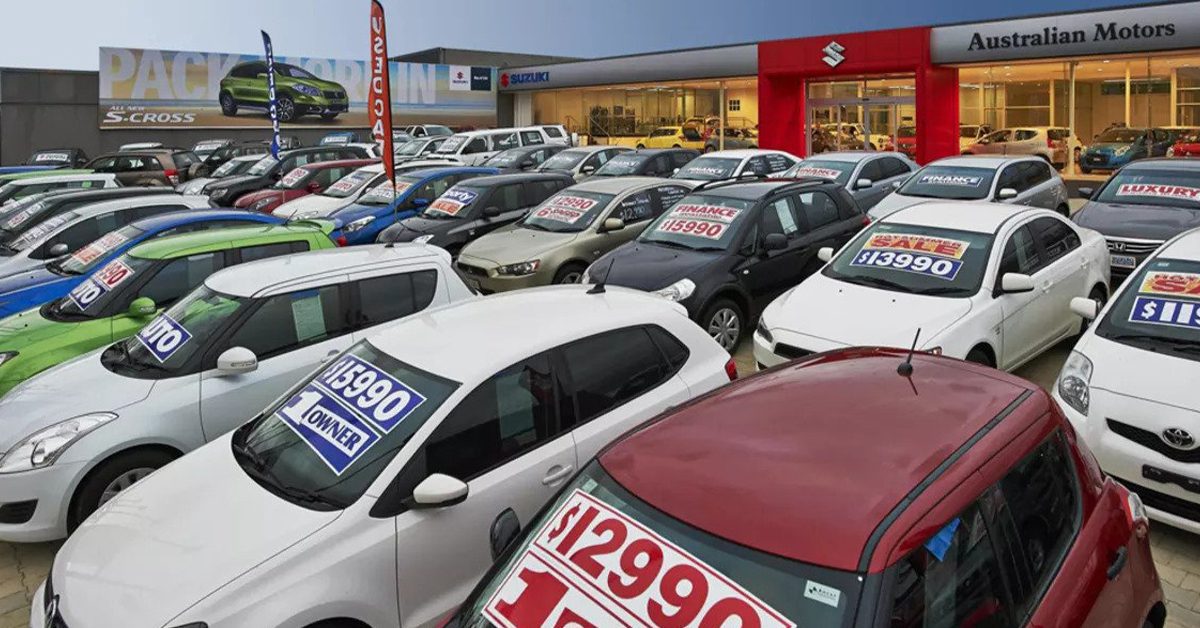
Via Cars Guide
Is This Sustainable?
Although high prices and empty dealership lots suggest it is not sustainable to buy a new or used car in 2022, statistics indicate things are unlikely to get better soon.
Although the automotive industry is taking measures to counteract the crisis, these do not always benefit the end customer. In most cases, dealerships try to compensate for price increases and inventory reductions with long financing terms and higher interest rates.
Therefore, it becomes more crucial to analyze well before buying a car in 2022. Although it would be advisable to wait a while for the outlook for the vehicle sector to improve, high prices and shortages won’t disappear overnight.

Via Car and Driver
Buying a car is an important decision that should not be taken lightly. However, choosing a financing method that is not right for your financial situation can cause you to go deeper into debt and ruin your economy. So be diligent, research, and decide on the best way to finance your new car.



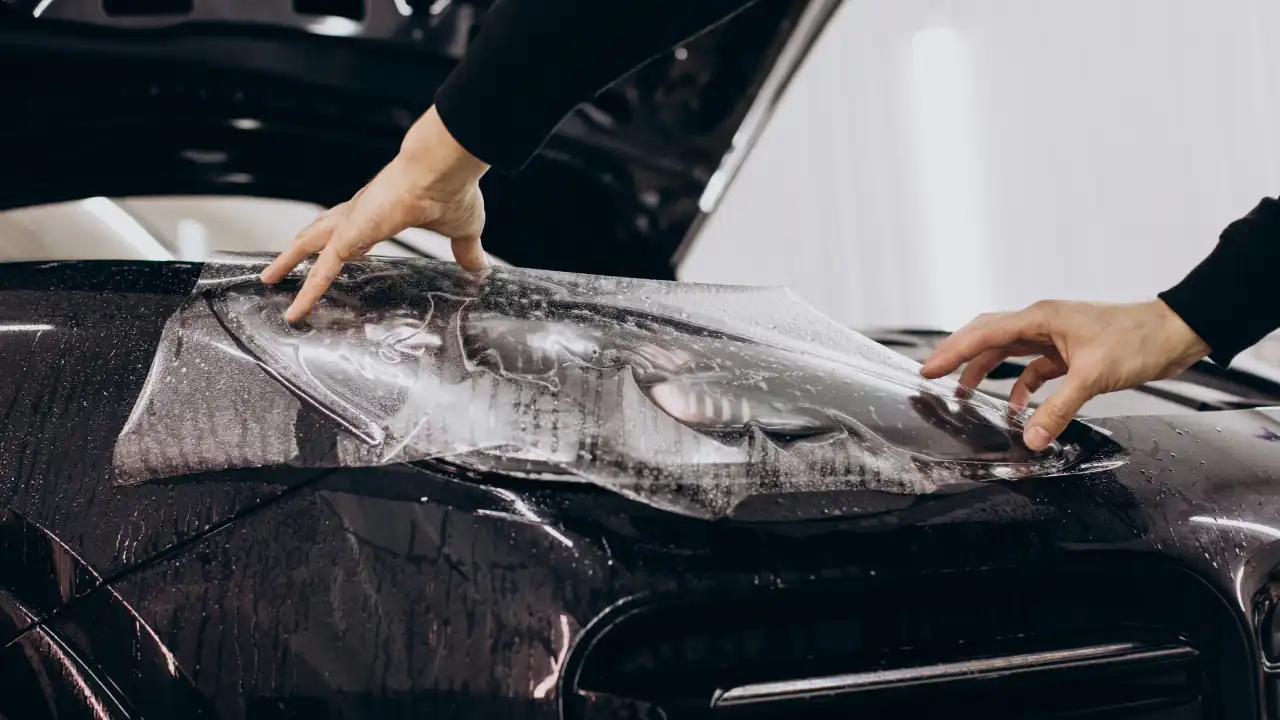

More Stories
Purple Heart Car Donation Tax Deduction
Who Should Consider A Fat Tire Electric Bike?
G70 740i Test Drive Impressions Review (From a G12 M760 Owner)